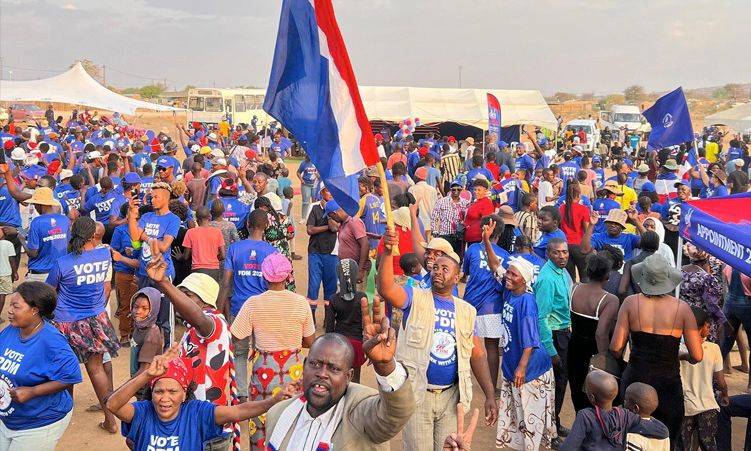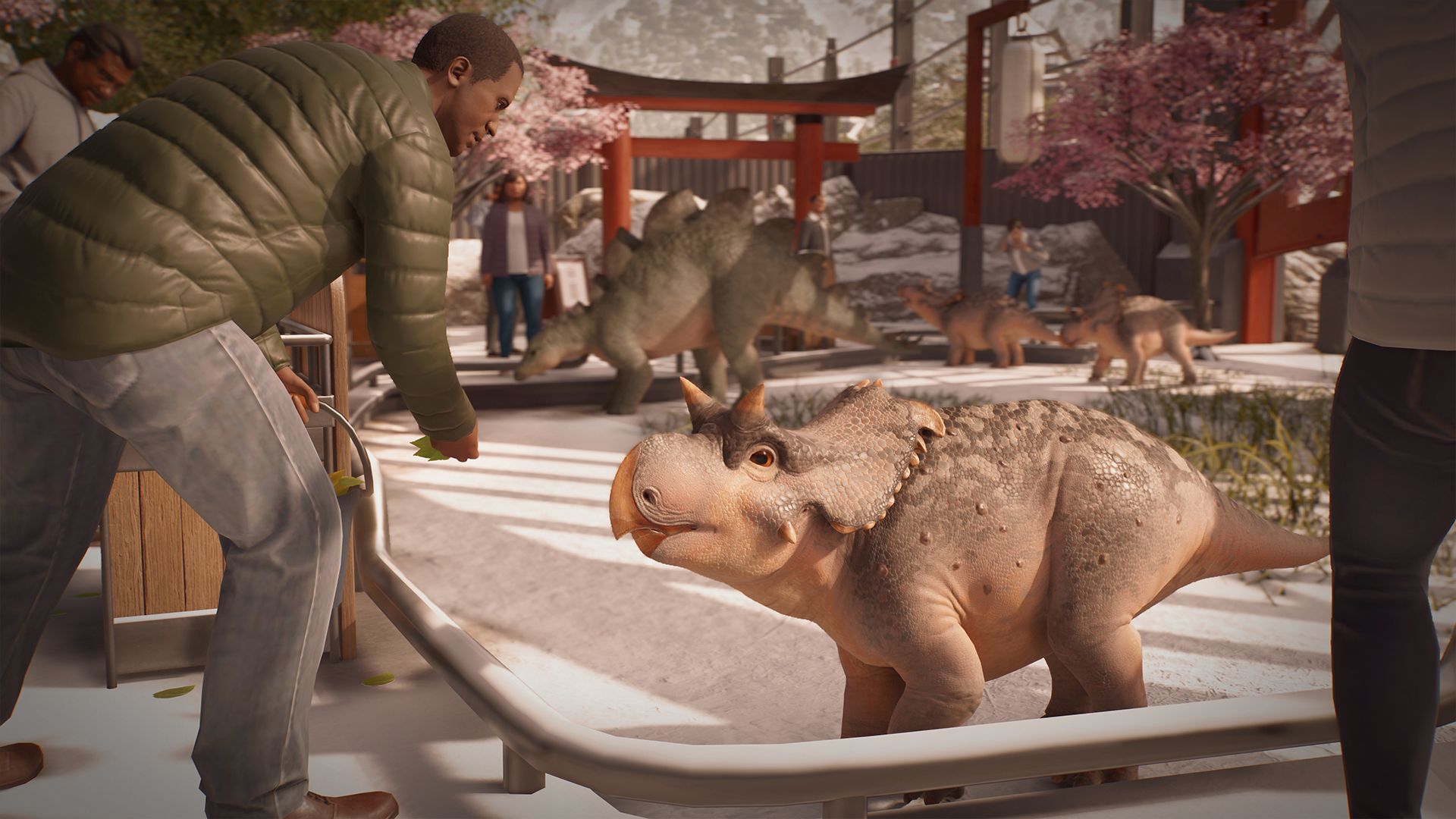Copyright namibian

Namibia has made some efforts to implement the Great Green Wall Initiative (GGWI) in the Southern African Development Community (SADC) region. This is according to Natalia Nakashona, a senior conservation scientist in the Ministry of Environment and Tourism. Nakashona, who deals with sustainable land management issues in the ministry, says after the validation of Namibia’s National Plan of Action (NAP) for the initiative in 2024, the Global Environment Fund donated US$150 000 (about N$2.5 million) to support rural projects on sustainable land management. She says the money was given to the Small Grants Programme and this was followed by the call for project proposals. “About five farmers were successful, but I do not have information as to specifically what activities these farmers were doing on the ground,” she says. The GGWI, which is an African Union (AU) led initiative, is aimed at addressing desertification, land degradation and drought in Africa. It originally started in the Sahara and Sahel regions of Africa, but in 2005 it expanded to the SADC region. Across the African continent, environmental challenges such as desertification, land degradation and drought hamper the much-needed sustainable development. At the one-day workshop to validate NAP for the GGWI, environmental commissioner Timoteus Mufeti had said desertification, land degradation and drought are causing over-grazing, deforestation and over-cultivation, which are a result of underlying forces like poverty and under-development. He says each SADC country will have to implement the GGWI on its own, using approaches that best suit the region. Mufeti says the government cannot implement the document alone as it needs stakeholders involved. The coordinator of the GGWI at the AU headquarters in Addis Ababa, Ethiopia, Elvis Paul, says Namibia played a major role in rolling the GGWI to the SADC region. He says in 2015, former environment minister Pohamba Shifeta expressed the need for extending the GGWI to the SADC region as environmental challenges are transboundary in nature and, therefore, African countries need to work together to protect the environment. Paul says the validation of Namibia’s NAP is a milestone for the country and the SADC region, adding that Eswatini has also recently launched its NAP for the initiative. He says the GGWI is linked to the AU’s Agenda 2063 and the 15th Sustainable Development Goals, which calls for the protection and conservation of life on land. Paul says the GGWI is about collaboration and working together because environmental challenges such as climate change do not know political boundaries. The GGWI is an AU Commission-led project with an epic ambition to restore 8 000km of degraded land across the entire width of Africa. Its goal is to provided food, jobs and a future for the millions of people who live in the region on the frontline of climate change.



